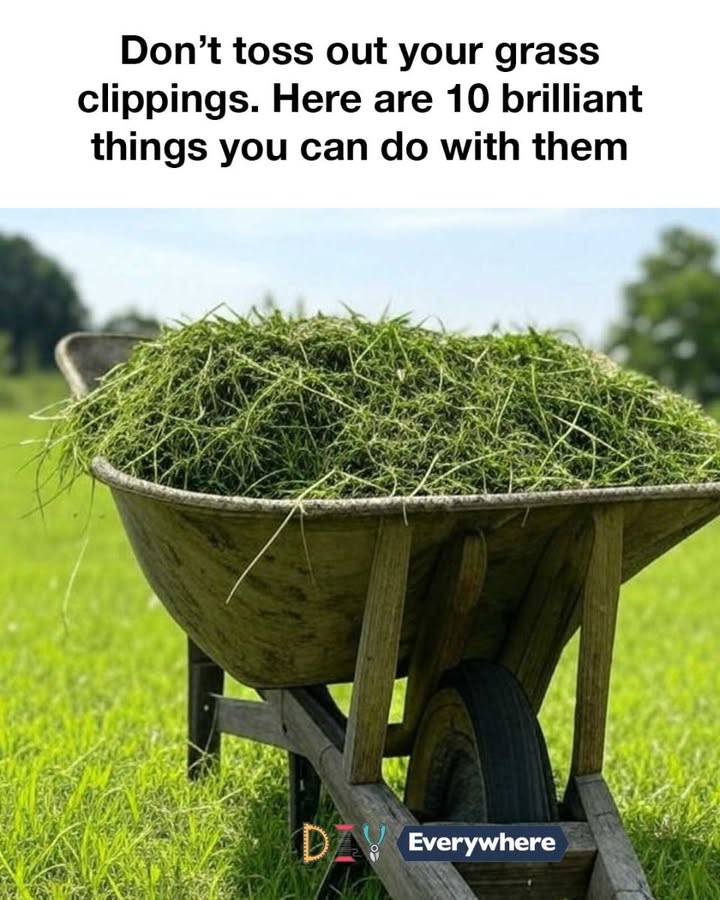Grass clippings can be used to create soft, natural pathways in your garden. By spreading a thick layer of clippings along your garden paths, you can create a cushioned surface that is pleasant to walk on. This method is particularly useful for informal garden paths where you want to maintain a natural look. Over time, the clippings will break down, adding organic matter to the soil beneath and helping to suppress weeds along the path. Regularly replenishing the clippings will keep your garden paths looking fresh and tidy.
Using Grass Clippings in Animal Bedding
Grass clippings can be repurposed as bedding for small animals such as rabbits, guinea pigs, and chickens. The clippings provide a soft, comfortable surface for the animals to rest on and can help absorb moisture and odors. When using grass clippings as animal bedding, ensure that they are free from pesticides and other chemicals that could harm your pets. Regularly changing the bedding will keep the animal enclosures clean and hygienic. This eco-friendly option not only reduces waste but also provides a cost-effective alternative to commercial bedding materials.
Crafting Grass Clipping Tea for Plants
Grass clipping tea is a simple and effective way to provide your plants with a nutrient boost. To make this tea, place fresh grass clippings in a large container and cover them with water. Allow the mixture to sit for a few days, stirring occasionally to aerate it. Once the tea has steeped, strain out the solids and dilute the liquid with water before applying it to your plants. This nutrient-rich tea can be used as a foliar spray or soil drench, providing plants with essential nutrients and promoting healthy growth.
Grass Clippings as a Natural Pest Deterrent
Grass clippings can be used as a natural pest deterrent in your garden. When spread around plants, the clippings can create a physical barrier that deters certain pests, such as slugs and snails, from reaching your plants. Additionally, the clippings can attract beneficial insects that prey on garden pests, helping to maintain a balanced ecosystem. To maximize their pest-deterring effects, use fresh clippings and replenish them regularly. This natural approach to pest control reduces the need for chemical pesticides and supports a healthier garden environment.
Conclusion: Maximizing the Use of Grass Clippings
Grass clippings are a versatile and valuable resource that can be utilized in numerous ways to benefit your garden and the environment. By repurposing grass clippings, you can reduce waste, enhance soil fertility, and support sustainable gardening practices. Whether you use them as mulch, compost, fertilizer, or animal bedding, grass clippings offer a range of benefits that can improve plant health and garden productivity. Embracing these eco-friendly practices not only helps you maintain a beautiful garden but also contributes to a more sustainable and environmentally conscious lifestyle.

